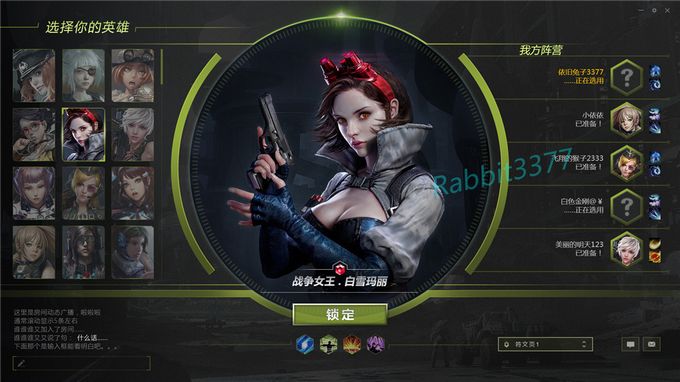
Shadow play has been a staple in the world of gaming for years, adding depth and realism to the virtual environment. From action-packed shooters to atmospheric horror games, shadows play a crucial role in creating an immersive gaming experience. But what about puzzles? How do real-time shadows enhance the gameplay and design of puzzle games?
In the world of puzzle games, real-time shadows can take the player experience to a whole new level. By incorporating cloud hosting vps dynamic lighting and shadows into the game design, developers can create intricate puzzles that challenge players to think outside the box and use shadows to their advantage.
One of the key benefits of designing with real-time shadows in puzzles is the added layer of complexity they bring to the gameplay. Shadows can be used to obscure objects, create hidden pathways, or reveal important clues. By leveraging shadows in this way, developers can create puzzles that require players to pay close attention to their surroundings and think critically about how shadows can be used to solve the puzzle.

In addition to adding complexity to puzzle design, real-time shadows can also enhance the overall atmosphere and mood of the game. By carefully crafting the lighting and shadows in each level, developers can create a sense of tension, mystery, or excitement that draws players in and keeps them engaged. The interplay of light and shadow can create visually stunning environments that immerse players in the world of the game and enhance the overall gaming experience.
Real-time shadows can also be used to create unique gameplay mechanics that add a new twist to traditional puzzle solving. For example, shadows can be used to create platforms that only appear when illuminated by a light source, forcing players to strategically position light sources to progress through the level. Shadows can also be used to create optical illusions that challenge players’ perceptions and require them to think creatively to solve the puzzle.

However, designing with real-time shadows in puzzles is not without its challenges. Implementing dynamic lighting and shadows can be resource-intensive and require careful optimization to ensure smooth performance on a variety of hardware configurations. Developers must strike a balance between realistic shadow effects and performance considerations to create an engaging gaming experience that runs smoothly on all platforms.
Despite these challenges, the benefits of designing with real-time shadows in puzzles far outweigh the potential pitfalls. By leveraging shadows to create complex, atmospheric puzzles, developers can craft unique gameplay experiences that challenge players’ minds and keep them coming back for more. The use of real-time shadows in puzzle design adds depth, complexity, and immersion to the gameplay, elevating the overall gaming experience and setting the game apart from the competition.
In conclusion, designing with real-time shadows in puzzles is a powerful tool that can take puzzle games to new heights. By incorporating dynamic lighting and shadows into the game design, developers can create intricate puzzles that challenge players’ perceptions and creativity. Real-time shadows can add complexity, atmosphere, and unique gameplay mechanics to puzzle games, creating an immersive and engaging gaming experience that keeps players coming back for more. So next time you are designing a puzzle game, consider the impact that real-time shadows can have on the gameplay and design, and leverage this powerful tool to create a truly unforgettable gaming experience.
